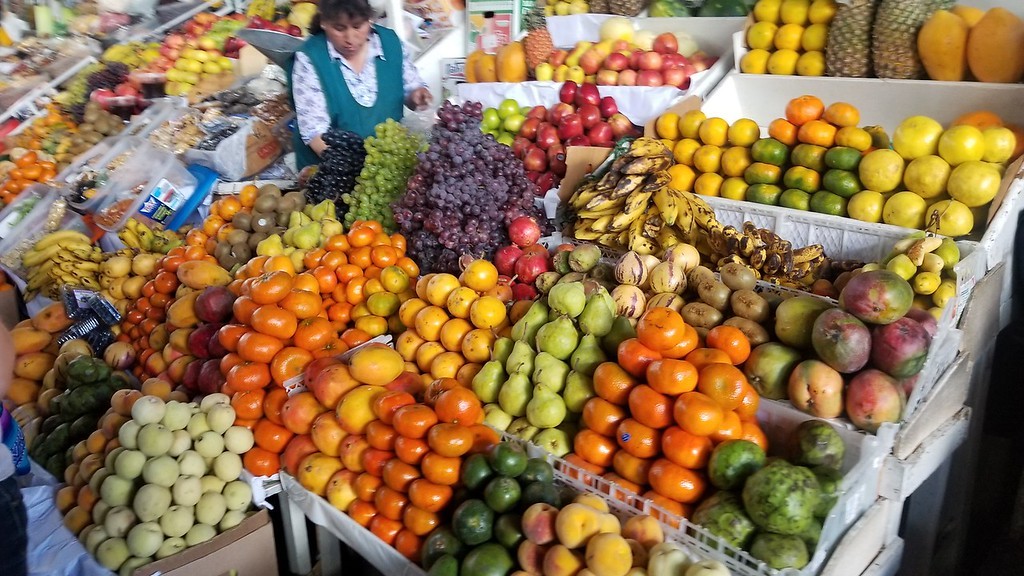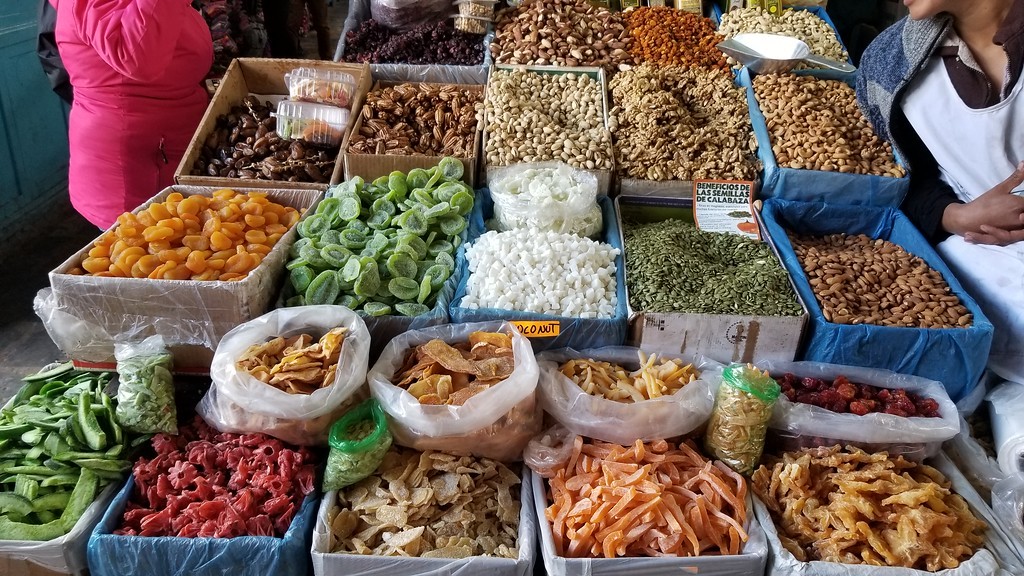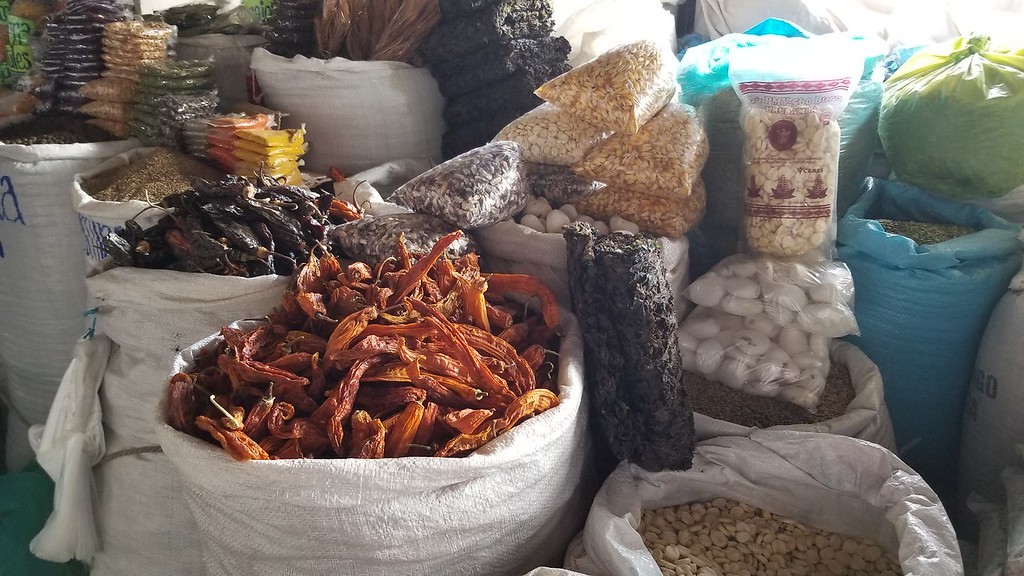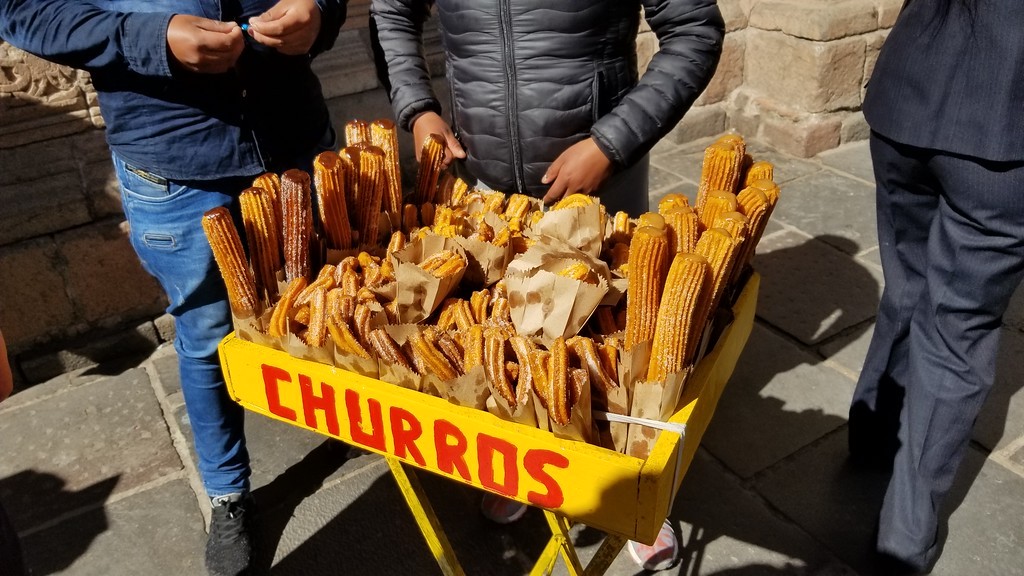Are you planning a trip to Vietnam and eager to explore its unique culinary scene? The most surprising local dish you should try is “Tiết Canh,” a raw blood soup, which is a truly adventurous culinary experience that offers an authentic taste of Vietnamese culture. SIXT.VN is here to guide you through the most amazing cultural tours, airport transfers, and hotel bookings. Beyond the well-known pho and banh mi, discover the unexpected flavors of Vietnamese cuisine, a culinary travel that promises an unforgettable gourmet journey.
1. Unveiling Vietnam’s Hidden Culinary Gems
Vietnamese cuisine is celebrated worldwide for its fresh ingredients, vibrant flavors, and unique culinary traditions. But beyond the popular dishes like pho and spring rolls lies a world of surprising and exotic local foods that are not often found on tourist menus. These hidden culinary gems offer a glimpse into the authentic tastes and traditions of Vietnam, providing a truly unforgettable experience for adventurous food lovers.
1.1 Exploring Regional Specialties
Vietnam’s diverse regional cuisines offer a wide range of surprising dishes. From the spicy flavors of Central Vietnam to the sweet and savory dishes of the South, each region has its own unique culinary identity. Here’s a quick look:
- Northern Vietnam: Known for its hearty soups, noodle dishes, and subtle flavors.
- Central Vietnam: Famous for its spicy and flavorful dishes, often featuring seafood and unique spices.
- Southern Vietnam: Characterized by its sweet and savory dishes, influenced by Chinese and Khmer cuisine.
1.2 The Allure of Exotic Ingredients
Many surprising Vietnamese dishes feature exotic ingredients that may be unfamiliar to Western palates. These ingredients, such as unusual meats, insects, and fermented products, add unique flavors and textures to the dishes, creating a truly adventurous culinary experience.
Alt: A vibrant array of colorful fruits and vegetables for sale at a bustling market in Peru, showcasing the freshness and variety of local produce.
2. Tiết Canh: A Culinary Adventure
Among the many surprising dishes in Vietnamese cuisine, “Tiết Canh” stands out as a truly unique and adventurous culinary experience. This raw blood soup, often made with duck or pork blood, is a traditional dish that showcases the resourcefulness and culinary creativity of the Vietnamese people.
2.1 What is Tiết Canh?
“Tiết Canh” is a traditional Vietnamese dish made from fresh, raw animal blood (usually duck or pork) mixed with cooked meat, herbs, and crushed peanuts. The blood is typically collected fresh and then mixed with fish sauce or brine to prevent it from coagulating. The mixture is then chilled until it solidifies into a jelly-like consistency.
2.2 Preparation and Ingredients
The preparation of “Tiết Canh” requires careful attention to hygiene and freshness to ensure the safety of the dish. The key ingredients include:
- Fresh Animal Blood: Duck or pork blood is the primary ingredient, providing the dish with its unique texture and flavor.
- Cooked Meat: Chopped cooked meat, such as duck or pork, is added to the blood mixture to provide substance and flavor.
- Herbs: Fresh herbs like cilantro, mint, and basil are added to enhance the aroma and taste of the dish.
- Crushed Peanuts: Crushed peanuts provide a crunchy texture and nutty flavor to the “Tiết Canh”.
- Fish Sauce or Brine: Fish sauce or brine is used to season the blood and prevent it from coagulating too quickly.
2.3 Cultural Significance
“Tiết Canh” is more than just a dish; it’s a cultural experience deeply rooted in Vietnamese traditions. Often served during special occasions like Tet (Vietnamese New Year) or family gatherings, it symbolizes good luck and prosperity. Sharing “Tiết Canh” is a sign of camaraderie and celebration, reflecting the communal spirit of Vietnamese culture.
3. Other Surprising Vietnamese Dishes to Try
While “Tiết Canh” might be the most surprising, Vietnam offers a variety of other unique and adventurous dishes that are worth exploring.
3.1 Balut (Hột Vịt Lộn)
Balut, or “Hột Vịt Lộn,” is a developing duck embryo that is boiled and eaten in the shell. This dish is a popular street food snack in Vietnam, known for its rich flavor and high protein content. According to research from the Food and Agriculture Organization of the United Nations, in 2017, Balut provides essential nutrients and is considered a nutritious snack (FAO, 2017).
3.2 Bún Đậu Mắm Tôm
“Bún Đậu Mắm Tôm” is a popular Northern Vietnamese dish consisting of fried tofu, rice vermicelli noodles, boiled pork, and a pungent shrimp paste sauce called “mắm tôm.” This dish is known for its strong flavors and contrasting textures.
3.3 Thịt Chuột Đồng
“Thịt Chuột Đồng” is a dish made from field rats, which are considered a delicacy in some parts of Vietnam. The rats are typically grilled, fried, or stewed and served with various herbs and spices.
3.4 Phá Lấu
“Phá Lấu” is a Southern Vietnamese dish made from stewed offal, such as lungs, stomach, and intestines, in a flavorful coconut milk-based broth. This dish is often served as a snack or appetizer and is known for its rich and savory flavor.
Alt: A crowded market scene in Peru, showcasing local vendors selling a variety of goods and produce, highlighting the vibrant market culture.
4. Tips for Adventurous Eaters
Trying new and unusual foods can be an exciting and rewarding experience. Here are some tips for adventurous eaters looking to explore the surprising culinary landscape of Vietnam:
4.1 Start Small
Begin with smaller portions of unfamiliar dishes to see if you enjoy the taste and texture. This will help you avoid feeling overwhelmed and allow you to gradually expand your culinary horizons.
4.2 Ask Locals for Recommendations
Locals are the best source of information about the most authentic and delicious dishes in the area. Don’t hesitate to ask for their recommendations and suggestions.
4.3 Be Open-Minded
Approach new foods with an open mind and a willingness to try something different. Remember that taste is subjective, and what might seem unusual to you could be a beloved dish for someone else.
4.4 Choose Reputable Vendors
When trying street food or unfamiliar dishes, choose vendors that appear clean and well-maintained. This will help minimize the risk of foodborne illness and ensure a more enjoyable experience.
4.5 Consider a Food Tour
Joining a guided food tour can be a great way to sample a variety of local dishes and learn about the culinary traditions of Vietnam. Food tours often include visits to local markets, street food stalls, and family-run restaurants.
5. Why Choose SIXT.VN for Your Culinary Adventure?
Planning a culinary adventure in Vietnam can be exciting, but it also requires careful planning and preparation. SIXT.VN is here to help you every step of the way, offering a range of services to make your trip as smooth and enjoyable as possible.
5.1 Comprehensive Travel Services
SIXT.VN offers a wide range of travel services, including:
- Airport Transfers: Start your trip off right with a comfortable and hassle-free airport transfer.
- Hotel Bookings: Choose from a wide selection of hotels to suit your budget and preferences.
- Tours and Activities: Explore the culinary scene of Vietnam with guided food tours and cooking classes.
- Visa Assistance: Get help with your visa application to ensure a smooth entry into Vietnam.
5.2 Local Expertise
SIXT.VN has a team of local experts who are passionate about sharing their knowledge and love of Vietnam with visitors. They can provide you with insider tips and recommendations on the best places to eat, stay, and explore.
5.3 Convenient and Reliable Service
SIXT.VN is committed to providing convenient and reliable service to its customers. You can book your travel arrangements online or through our customer service hotline, and our team is available 24/7 to assist you with any questions or concerns.
5.4 Customizable Travel Packages
SIXT.VN offers customizable travel packages to suit your specific needs and interests. Whether you’re interested in exploring the culinary scene, visiting historical sites, or relaxing on the beach, we can create a personalized itinerary that meets your requirements.
6. Preparing for Your Trip to Vietnam
Before you embark on your culinary adventure in Vietnam, it’s important to prepare for your trip. Here are some essential things to consider:
6.1 Visa Requirements
Check the visa requirements for your country of origin and apply for a visa well in advance of your trip. SIXT.VN can assist you with your visa application to ensure a smooth entry into Vietnam.
6.2 Vaccinations and Health Precautions
Consult your doctor about recommended vaccinations and health precautions for travel to Vietnam. It’s also a good idea to pack a basic first-aid kit with essential medications and supplies.
6.3 Currency and Payment Methods
The official currency of Vietnam is the Vietnamese Dong (VND). It’s a good idea to exchange some currency upon arrival at the airport or at a local bank. Credit cards are accepted in larger hotels and restaurants, but cash is still widely used in smaller establishments and markets.
6.4 Language and Communication
The official language of Vietnam is Vietnamese. While English is spoken in tourist areas, it’s helpful to learn a few basic Vietnamese phrases to communicate with locals. Consider downloading a translation app on your smartphone to assist with communication.
6.5 What to Pack
Pack lightweight, comfortable clothing suitable for the tropical climate of Vietnam. Don’t forget to bring sunscreen, insect repellent, and a hat to protect yourself from the sun. Comfortable walking shoes are essential for exploring the cities and countryside.
Alt: An array of colorful and fragrant spices displayed at a market in Peru, showcasing the rich flavors and aromas of Peruvian cuisine.
7. Navigating Vietnamese Culture
Understanding and respecting Vietnamese culture is essential for a positive and rewarding travel experience. Here are some key cultural considerations:
7.1 Greetings and Etiquette
The traditional Vietnamese greeting is a slight bow. When meeting someone for the first time, it’s polite to address them by their title (Mr., Mrs., Ms.) followed by their given name. Avoid public displays of affection and maintain a respectful demeanor in temples and religious sites.
7.2 Dining Etiquette
When dining in Vietnam, it’s customary to wait for the eldest person at the table to begin eating before you start. Use chopsticks to eat and avoid sticking them upright in your bowl of rice, as this resembles a funeral ritual. When paying the bill, it’s polite to hand the money to the server with both hands.
7.3 Bargaining
Bargaining is common in markets and street stalls in Vietnam. Start by offering a lower price than the asking price and be prepared to negotiate. Remember to be polite and respectful throughout the bargaining process.
7.4 Dress Code
Dress modestly when visiting temples and religious sites. Avoid wearing revealing clothing or shorts. Remove your shoes before entering someone’s home or a temple.
7.5 Tipping
Tipping is not customary in Vietnam, but it is becoming more common in tourist areas. If you’re happy with the service, you can leave a small tip for your server or tour guide.
8. Exploring Hanoi: A Culinary Hub
Hanoi, the capital of Vietnam, is a vibrant city with a rich history and culture. It’s also a culinary hub, offering a wide range of delicious and surprising dishes.
8.1 Must-Try Dishes in Hanoi
- Pho: A classic Vietnamese noodle soup, typically made with beef or chicken broth, rice noodles, and herbs.
- Bún Chả: Grilled pork patties served with rice vermicelli noodles, fresh herbs, and a dipping sauce.
- Cốm: Young green rice flakes, often eaten as a snack or dessert.
- Egg Coffee (Cà Phê Trứng): A unique Hanoi specialty made with egg yolks, sugar, condensed milk, and coffee.
8.2 Where to Find the Best Food in Hanoi
- Old Quarter: The Old Quarter is a maze of narrow streets filled with street food stalls, restaurants, and markets.
- Dong Xuan Market: The largest market in Hanoi, offering a wide range of food products, clothing, and souvenirs.
- Hoan Kiem Lake Area: The area around Hoan Kiem Lake is home to many restaurants and cafes with beautiful views.
8.3 Food Tours in Hanoi
Consider joining a guided food tour in Hanoi to sample a variety of local dishes and learn about the culinary traditions of the city. SIXT.VN offers a range of food tours to suit your interests and budget.
9. Beyond the Plate: Understanding Vietnamese Food Culture
Vietnamese food is more than just a collection of dishes; it’s a reflection of the country’s history, culture, and values.
9.1 The Importance of Fresh Ingredients
Fresh ingredients are a cornerstone of Vietnamese cuisine. Vietnamese chefs prioritize using locally sourced, seasonal ingredients to create dishes that are both delicious and nutritious.
9.2 The Balance of Flavors
Vietnamese cuisine is characterized by its balance of five fundamental flavors: sweet, sour, salty, bitter, and spicy. Vietnamese chefs carefully combine these flavors to create dishes that are both complex and harmonious.
9.3 The Communal Aspect of Dining
Dining in Vietnam is often a communal experience, with dishes served in the center of the table for everyone to share. This reflects the importance of family and community in Vietnamese culture.
9.4 The Influence of History and Culture
Vietnamese cuisine has been influenced by a variety of cultures throughout history, including Chinese, French, and Khmer. This has resulted in a unique and diverse culinary landscape.
Alt: A street vendor in Peru making fresh churros, showcasing the delicious and popular street food.
10. Booking Your Adventure with SIXT.VN
Ready to embark on a culinary adventure in Vietnam? SIXT.VN is here to help you plan and book your trip.
10.1 How to Book with SIXT.VN
- Visit our website at SIXT.VN.
- Browse our selection of travel services, including airport transfers, hotel bookings, tours, and activities.
- Select the services that you need and add them to your cart.
- Enter your travel dates and personal information.
- Review your booking and proceed to checkout.
- Make a secure payment using your credit card or other payment method.
- Receive a confirmation email with your booking details.
10.2 Contact Us
If you have any questions or need assistance with your booking, please don’t hesitate to contact us.
- Address: 260 Cau Giay, Hanoi, Vietnam
- Hotline/Whatsapp: +84 986 244 358
- Website: SIXT.VN
FAQ Section: Surprising Vietnamese Dishes
1. What exactly is “Tiết Canh” made of?
“Tiết Canh” is primarily made from fresh, raw animal blood, typically duck or pork, mixed with cooked meat, herbs, and crushed peanuts. Fish sauce or brine is added to prevent coagulation.
2. Is it safe to eat raw blood in “Tiết Canh”?
The safety of eating “Tiết Canh” depends on the freshness and hygiene of the ingredients. It’s crucial to ensure the blood is from a reputable source and prepared in a clean environment to minimize the risk of foodborne illnesses.
3. What does “Tiết Canh” taste like?
“Tiết Canh” has a unique taste that combines the richness of the blood with the savory flavors of the meat, herbs, and peanuts. The texture is typically jelly-like, which can be surprising for first-timers.
4. Where can I find “Tiết Canh” in Vietnam?
“Tiết Canh” is more commonly found in Northern Vietnam, especially during special occasions like Tet. Local markets and traditional restaurants are your best bet.
5. What is Balut (Hột Vịt Lộn) and why do people eat it?
Balut is a developing duck embryo boiled and eaten in the shell. It’s popular for its rich flavor and high protein content, often enjoyed as a street food snack.
6. What is “Mắm Tôm” and why is it so pungent?
“Mắm Tôm” is a fermented shrimp paste sauce known for its strong, pungent aroma. It’s a staple in some Vietnamese dishes and adds a unique umami flavor.
7. Is “Thịt Chuột Đồng” (field rat) a common dish in Vietnam?
“Thịt Chuột Đồng” is considered a delicacy in some rural areas of Vietnam, particularly in the Mekong Delta. The rats are typically grilled or fried and served with herbs and spices.
8. What kind of offal is used in “Phá Lấu”?
“Phá Lấu” typically includes stewed offal such as lungs, stomach, and intestines, simmered in a flavorful coconut milk-based broth.
9. Are there any vegetarian alternatives to these surprising dishes?
Vegetarian options are available in Vietnamese cuisine, though not for these specific dishes. Look for dishes made with tofu, mushrooms, and fresh vegetables.
10. How can SIXT.VN help me explore these unique dishes safely?
SIXT.VN can provide you with local guides who know reputable and hygienic eateries, ensuring a safe and authentic culinary experience. We also offer customizable tours to match your adventurous spirit!
Vietnam is a country full of culinary surprises, offering a unique and unforgettable experience for adventurous eaters. From the adventurous “Tiết Canh” to the exotic “Balut,” there’s always something new and exciting to discover. Let SIXT.VN be your guide to the culinary wonders of Vietnam, providing you with convenient and reliable travel services to make your trip as smooth and enjoyable as possible. Contact us today to start planning your culinary adventure!

 Colorful Veggies & Fruit
Colorful Veggies & Fruit First Market Stop
First Market Stop Fragrant Spices
Fragrant Spices Street vendor churros
Street vendor churros

